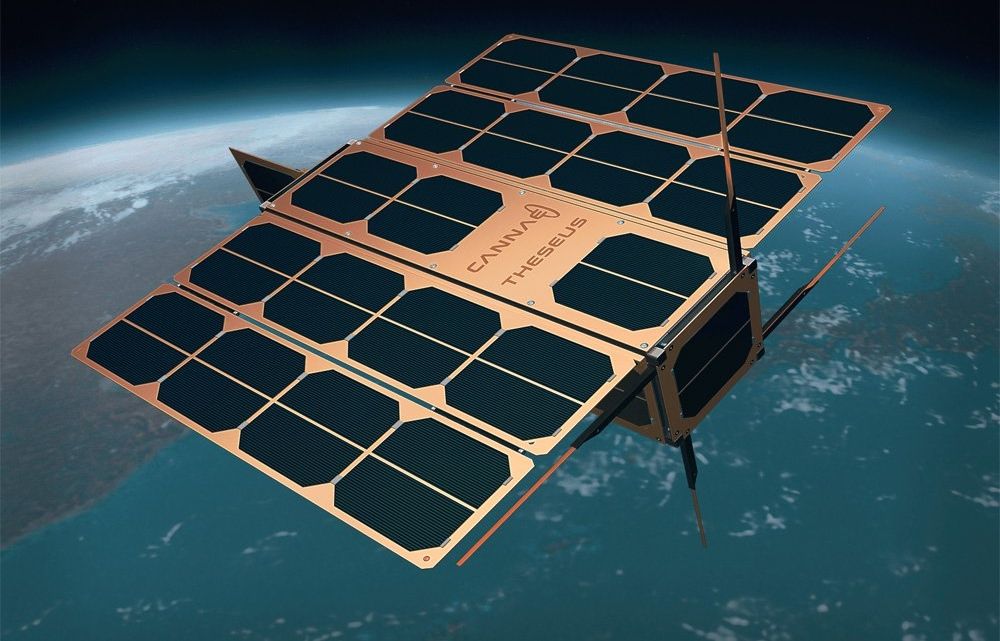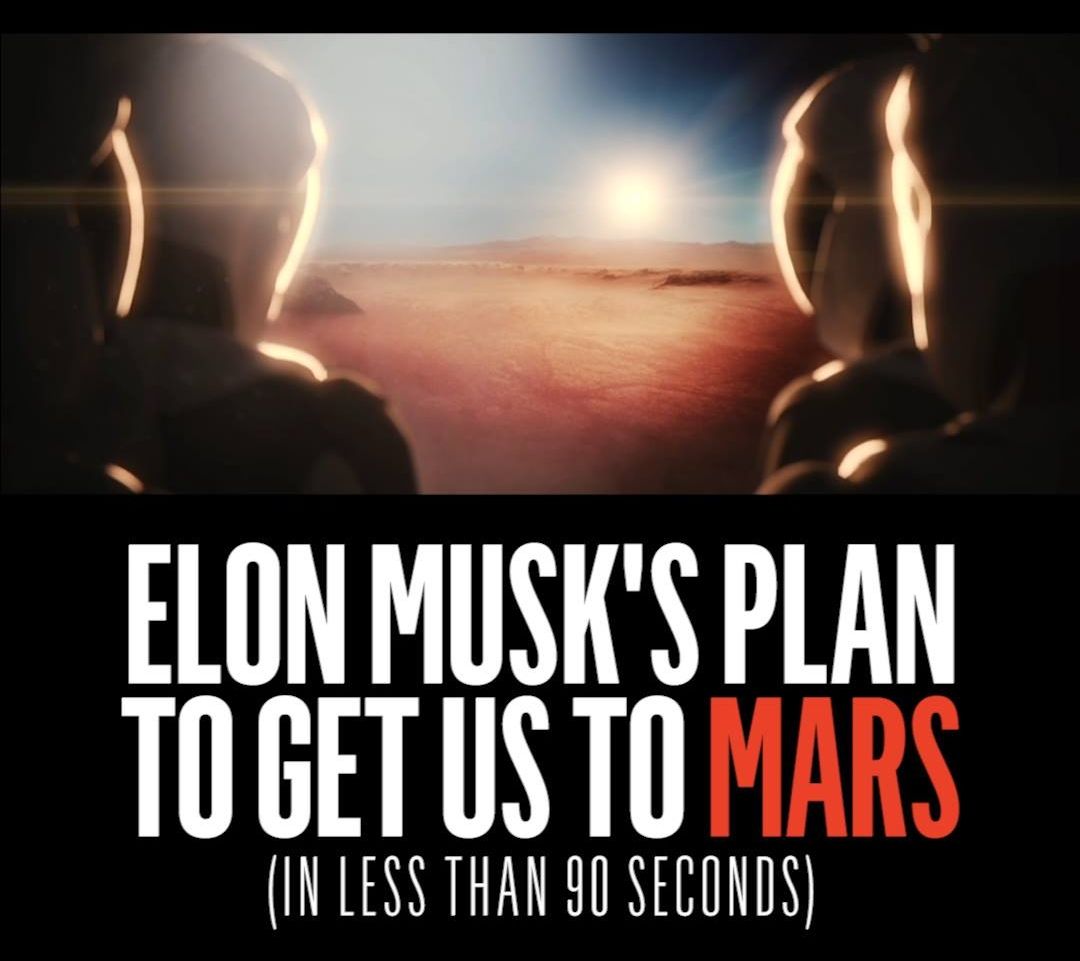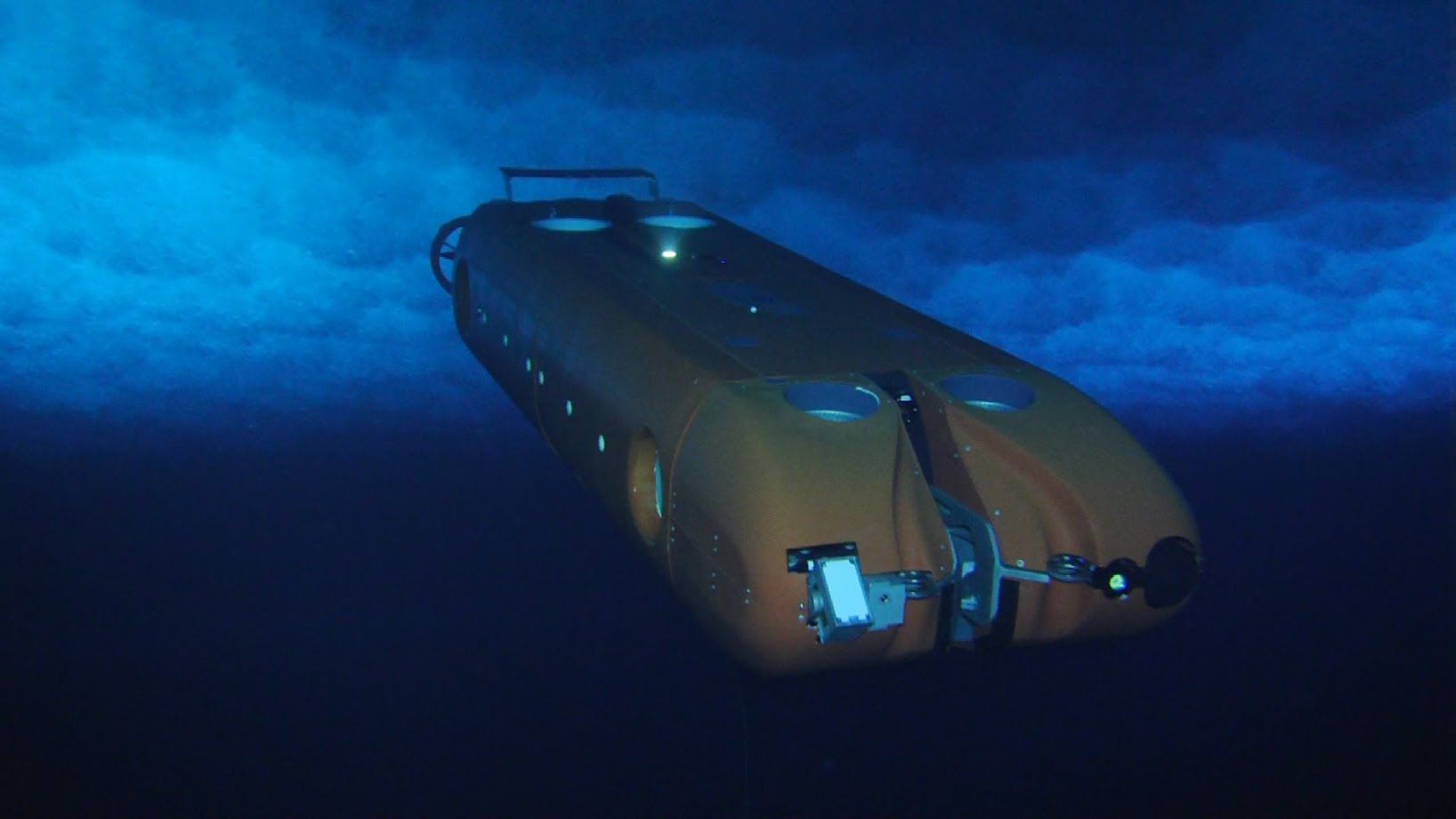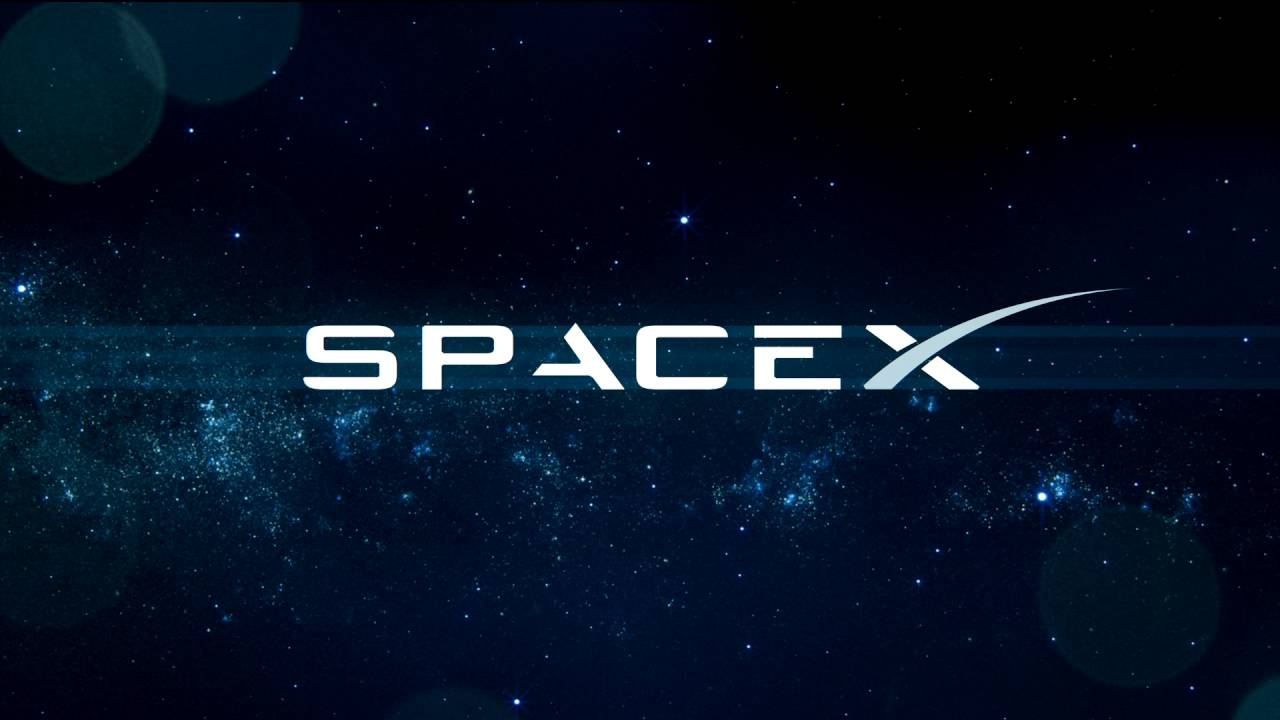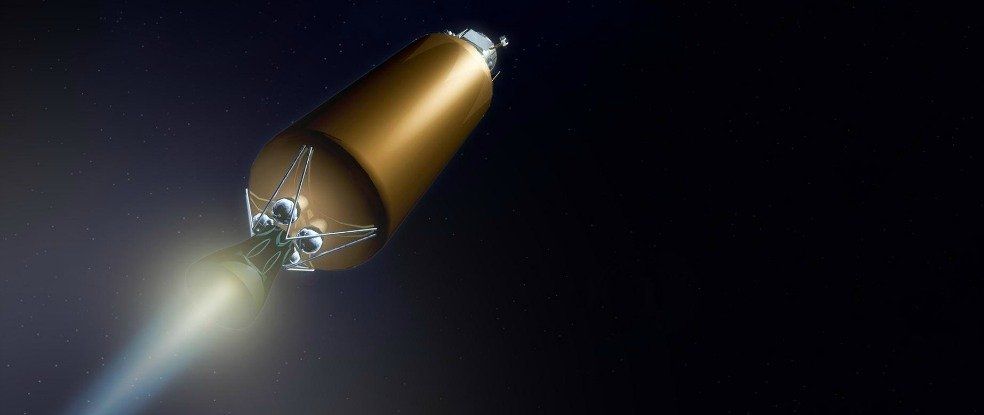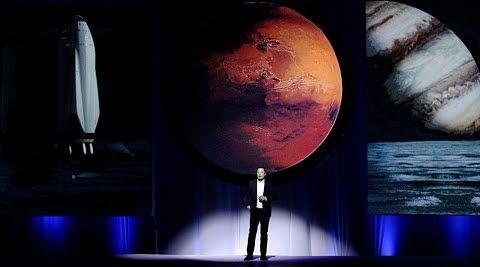Oct 3, 2016
Drum rolled Carbon fiber tethers five times stronger than Kevlar and Mach 8 spaceplane can place payloads into orbit at super low cost
Posted by Klaus Baldauf in categories: nanotechnology, space travel
In 2009, Carbon nanotube tethers with a strength of 9 N/Tex [9 million newton meters/kg] is over twice as strong as any fibers ever produced before.
In 2016, Jian Nong Wang and his colleagues made nanotubes with a process akin to glass blowing: Using a stream of nitrogen gas, they injected ethanol, with a small amount of ferrocene and thiophene added as catalysts, into a 50-mm-wide horizontal tube placed in furnace at 1,150–1,130 °C.
They packed the nanotubes even more densely by pressing the film repeatedly between two rollers.

